大阪の木材を使ってつくられた「想うベンチ」。
家具や建築などの分野で活躍する3名のデザイナーが、
大阪の森を訪れることから始まり、
森や樹に対するそれぞれの想いを
地域の製材所とともに形にしました。
‘the Omou Bench’ crafted using timber from Osaka.
Three Designers specialising in architecture and furniture
began by visiting the forests of Osaka,
and together with a local sawmill, gave shape to their individual reflections on forests and trees.
3つの「想うベンチ」
The Three ‘Omou Benchs’
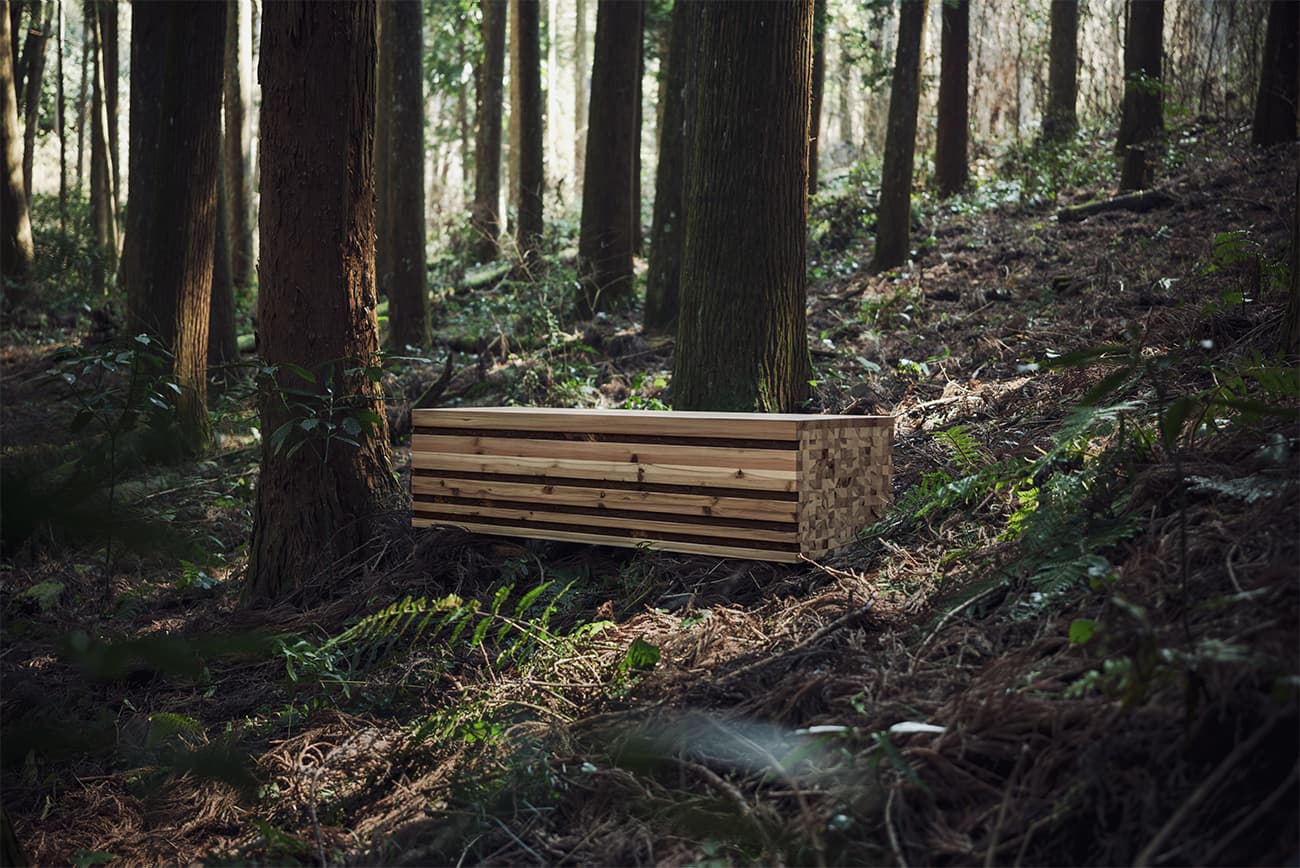
均一ではない木材に、
新たな可能性を
New possibilities
from non-uniform wood
- TITLE
- 「C/D Bench」
- Designed by
-
辰野 しずか
Tatsuno Shizuka
3つのベンチをプロデュースした服部滋樹のコメント
Comment from Hattori Shigeki, producer of the three benches
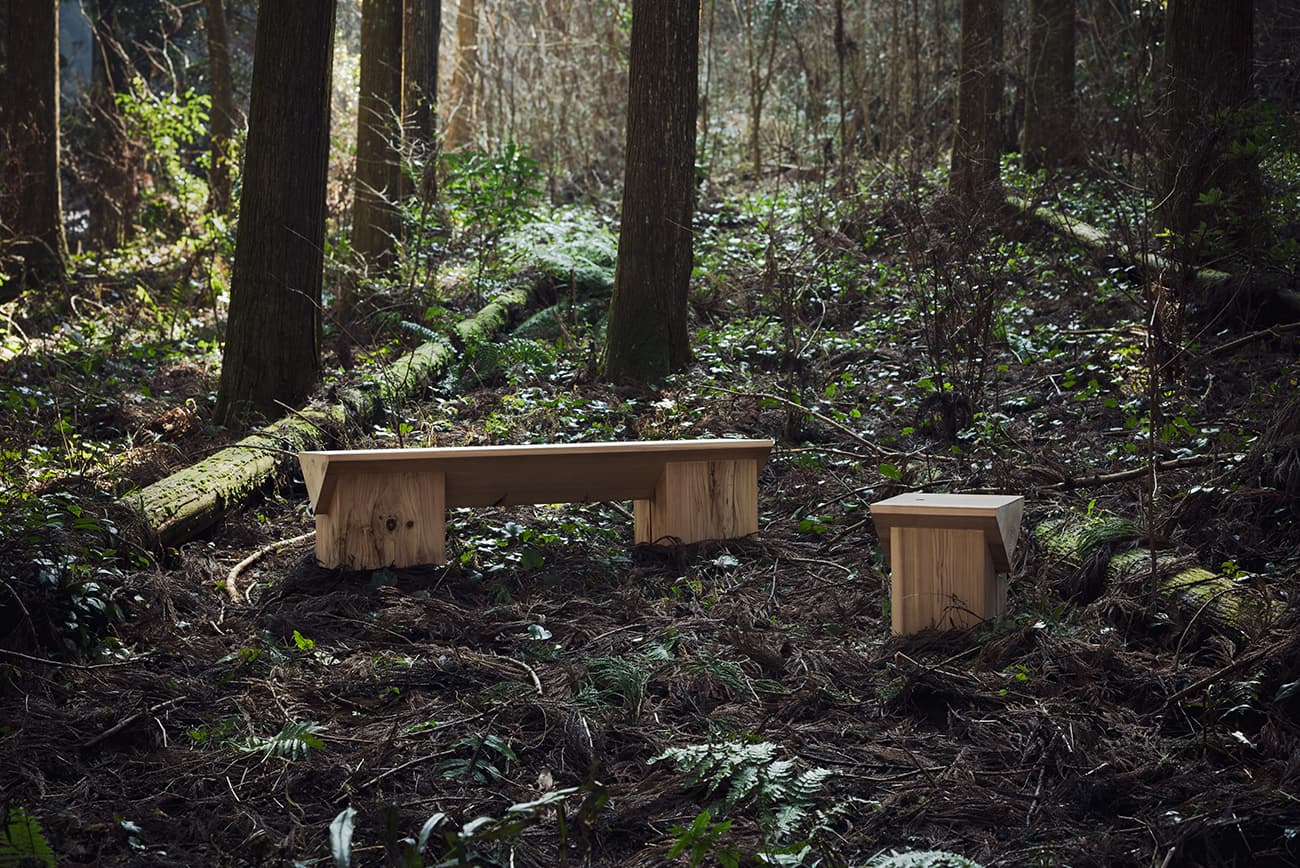
一本の「樹」をありのまま
Each tree, as is
- TITLE
- 「TREE」
- Designed by
-
松井 貴
Matsui Takashi
樹と人の関係とは。そんなことをあらためて考えるきっかけになればとの想いで、山にある樹の姿を想像できるデザインに。一本の樹で座面と脚をつくり、切り込みを入れて乗せるミニマムな構造ですが、反ったり割れたりとどんどん変化していく「樹」を、できる限りそのまま受け入れられるように設計されています。
Reflecting on the relationship between trees and people, the design allows one to imagine the form of a tree in the forest. The bench is constructed using a single tree for both seat and legs, joined in a minimal structure with a cut-in slot. It is designed to accept the tree's natural warping and cracking as it ages.

均一ではない木材に、
新たな可能性を
New possibilities
from non-uniform wood
- TITLE
- 「C/D Bench」
- Designed by
-
辰野 しずか
Tatsuno Shizuka
シミや節が多い木材は「C材」、利用されることなく伐採されたまま林地に残される木材は「D材」と呼ばれ、これまでその活用の機会は限られていました。しかし見方を変えれば、その個性も魅力であるという気づきからデザインを発案。個性豊かな木材を細分化し、並べ替えることで、木の持つ荒々しさや力強さを活かしつつ、シンプルな空間にも馴染む凛とした佇まいを目指しました。
Timber with many knots or stains is referred to as ‘C-grade timber’, while wood left unused on forest floors is called ‘D-grade timber’. These types have traditionally seen limited use. This design was born from the realisation that these imperfections are also character. By segmenting and rearranging the richly unique timbers, the bench aims to combine their natural strength and rough beauty with a dignified form that fits well into simple spaces.
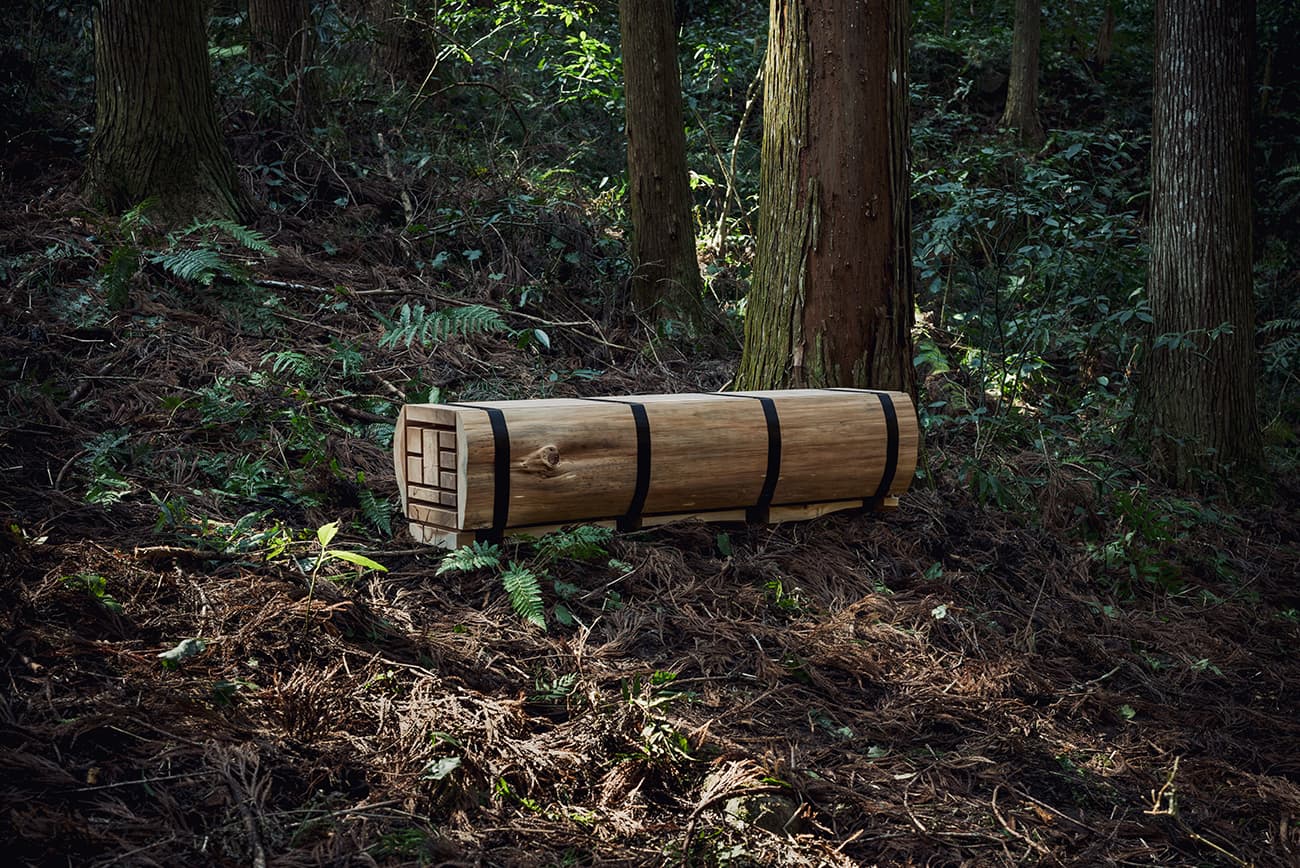
樹の経過に想いを馳せる
Reflecting on the tree’s journey
- TITLE
- 「FILLET」
- Designed by
-
佐野 文彦
Sano Fumihiko
森で何十年と生きてきた樹は、切り倒された瞬間に「材料」になる。そのことを改めて感じることが命を大事にすることではないか ーとの想いで、時間とともに変化する樹の存在を肌で感じられるようあえて「材料」の形でベンチに。切り倒したばかりの樹は水分が多いので乾燥させてから使うのが一般的ですが、あえて乾燥工程を万博会場で行うチャレンジでもあります。
A tree that has lived for decades in the forest becomes mere “material” the moment it is felled. This bench, left deliberately in its raw material form, encourages a tangible reflection on that transition and the passing of time. While felled wood is usually dried before use, here, the drying process itself becomes part of the installation at the Expo site – a challenge and a statement.
「想うベンチ」について
About the Omou Bench Project
– A bench that reminds us – The circle of life
大阪の木材を使ってベンチをつくる。そのスタートとして森に向かいました。
目の前にあるのは何十年も生きてきた樹々。いのちに想いを馳せるとはどういうことか。
「デザインのための樹」ではなく、「樹のためのデザイン」を考えたい。
そんな想いでつくられたのが「想うベンチ」です。
Building benches with wood from Osaka. To get started, we headed to the forest. In front of us are trees that have lived for decades. What does it mean to be mindful of life? Shifting from ‘trees for design’ to ‘design for trees’. This type of thinking gave birth to the Omou Bench project, titled A bench that reminds us – the circle of life.
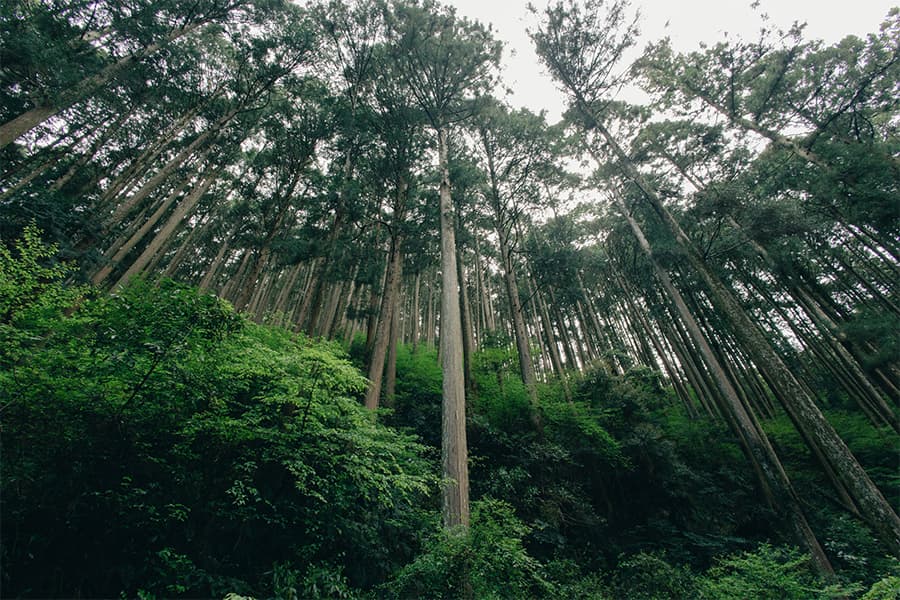
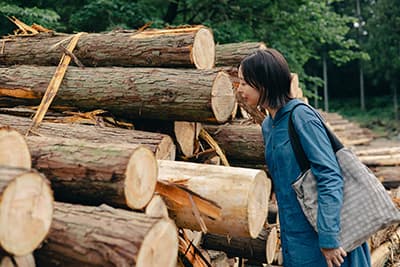
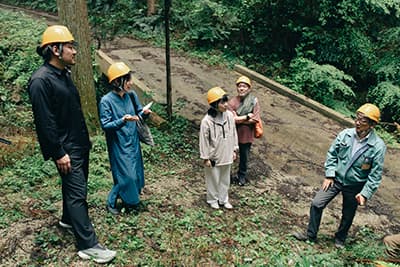
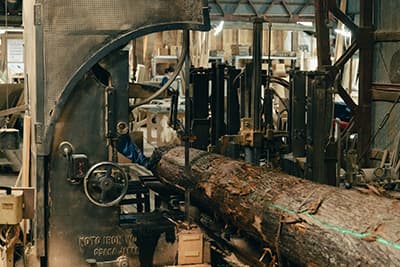
プロジェクトが続けてきた「想う」
The Project’s Continued ‘Reflection’
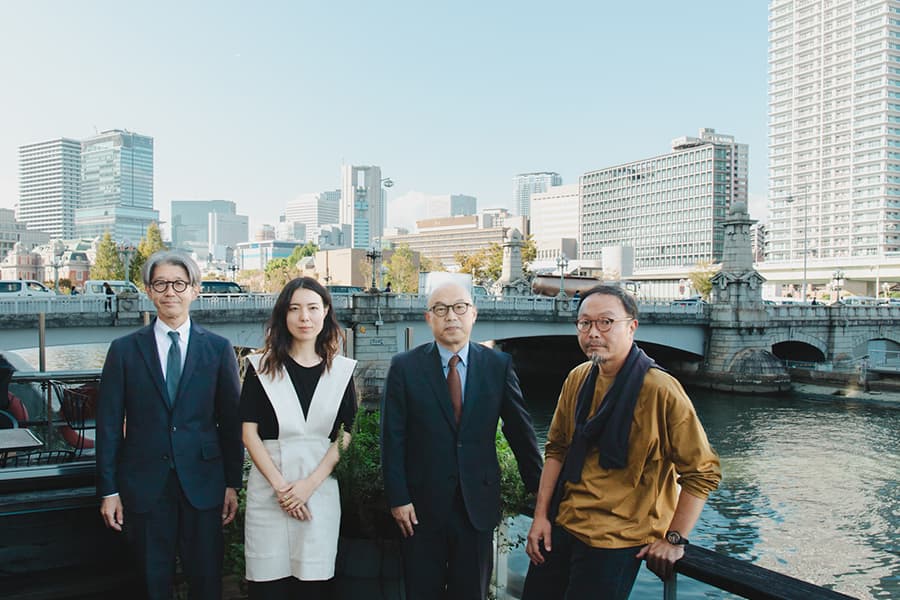
いのちの循環を「想う」
Reflecting on the circle of Life
たとえば、ひとのいのち、まちのいのち、自然のいのち……いのちが循環するってどういうことだろう? デザイナー、都市デザイナー、大阪府林学職、宗教学者の4名に語っていただきました。
What does it mean for life to circulate – the lives of people, towns, and nature? A designer, an urban designer, an Osaka forestry officer and a religious scholar spoke about the project.
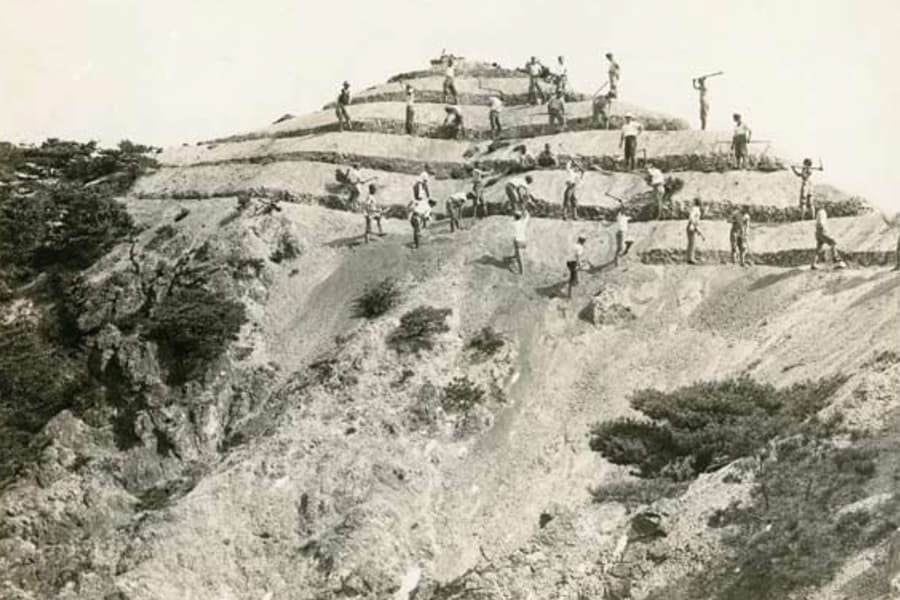
大阪の森を「想う」
Reflecting on the Forests of Osaka
“大阪の森”はどのように人と関わり、どのような変遷をたどってきたのか、大阪府森林組合の代表理事組合長・栗本修滋さんに、お話を伺いました。
We spoke to Mr Shuji Kurimoto, President of the Osaka Forestry Cooperative, about how people interact with Osaka's forests and how this has evolved over time.

大阪の樹を「想う」
Reflecting on the Trees of Osaka
「大阪の森」や「大阪の木材」と口にはするものの、実際どんな場所なんだろう、そこでどんなふうに樹が育っているのだろう。「想うベンチ」をデザインするメンバーたちが大阪の森や原木市場を訪ねました。
We often speak of ‘Osaka’s forests’ and ‘Osaka’s timber’, but what are these places really like, and how do the trees grow there? The designers of the Omou Bench visited both the forests and log markets of Osaka.
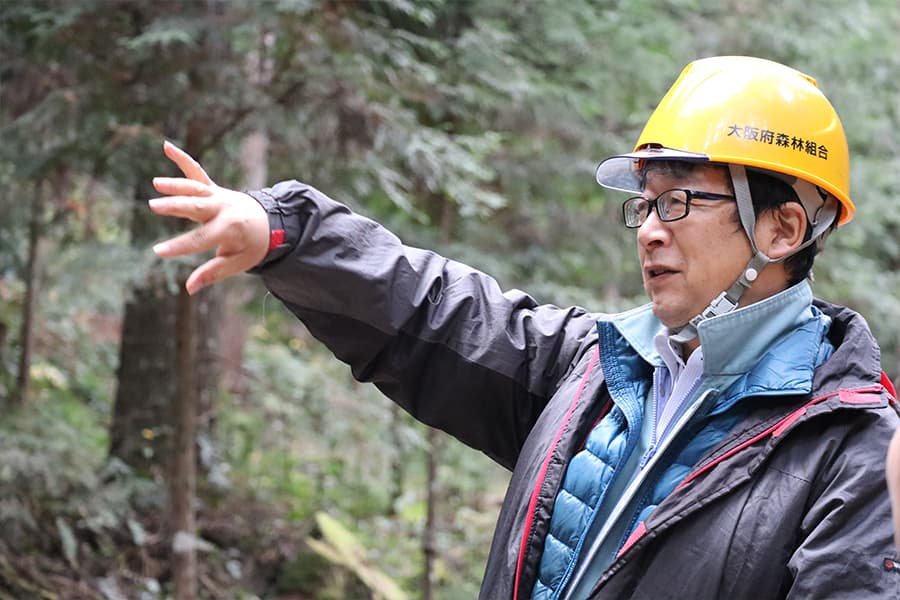
森を守る人を「想う」
Reflecting on Those Who Protect the Forests
プロジェクトのメンバーに大阪・南河内の森と木材を案内してくださった大阪府森林組合・堀切さん。自身も南河内出身の堀切さんに、森林管理の仕事をとおした「大阪の森」「大阪の木材」への想いをお聞きしました。
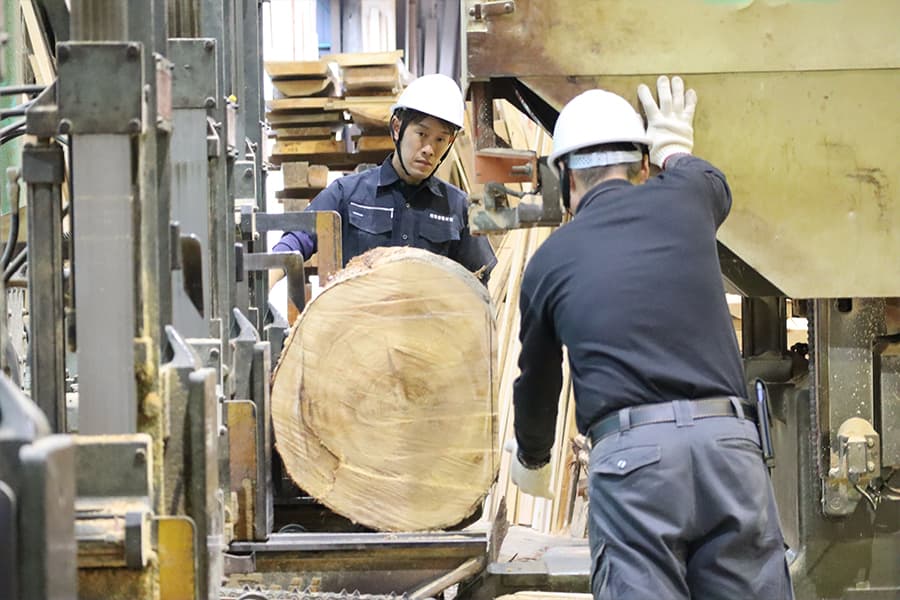
大阪の森とまちをつなぐ人を「想う」
Reflecting on Those Who Connect the Forests of Osaka with the City
森から切り出された丸太を材料として使えるように整える、製材所という存在。当プロジェクトに関わる大阪の2つの製材所に、普段どんなことをして、どんなことと向き合っているのか、お話を伺いました。
府民と一緒につくった
「いのちを想う」コンテンツ
'Reflecting on Life' content created together with the residents of the prefecture.
大阪の森を訪れる
Visiting the Forests of Osaka
大阪府の森林面積は全国一小さいですが、それでも府全体の約3分の1が森林です。
大阪府の森の特徴は、人が暮らすまちと近い距離にあること。
大阪府にある9つの「府民の森」は気軽に訪れることができます。
Although Osaka has the smallest forest area in Japan, approximately one-third of the prefecture is covered by forests.
A unique feature of Osaka’s forests is their proximity to where people live. The nine ‘Prefectural Forests’ across Osaka are easily accessible for visits.
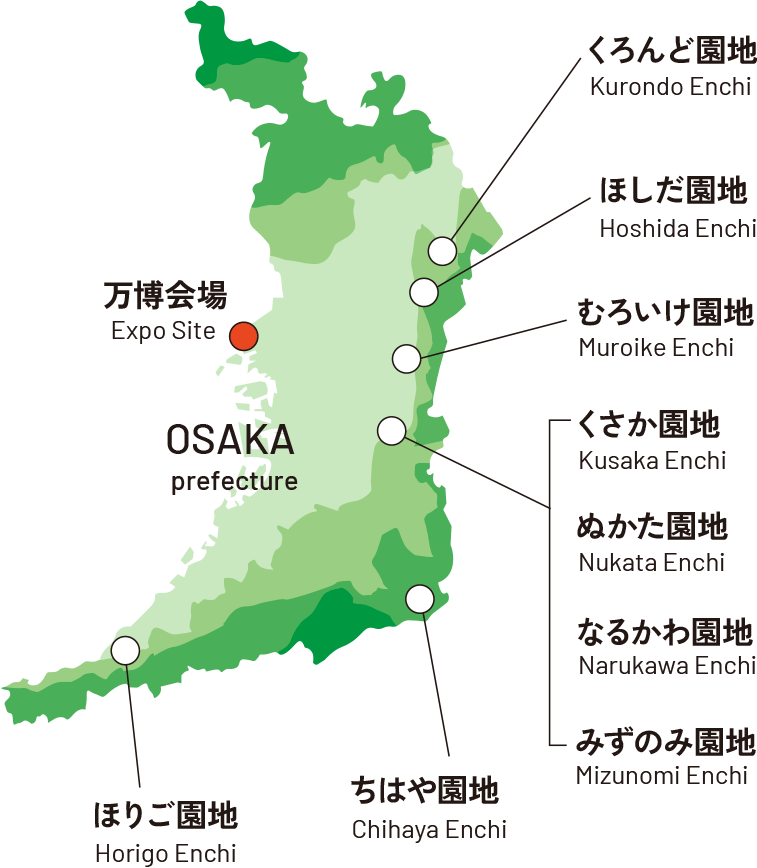
各園の行き方など詳細は
以下のURL をご覧ください。
|
|
|---|---|
| ちはや園地 | |
| ほりご園地 |

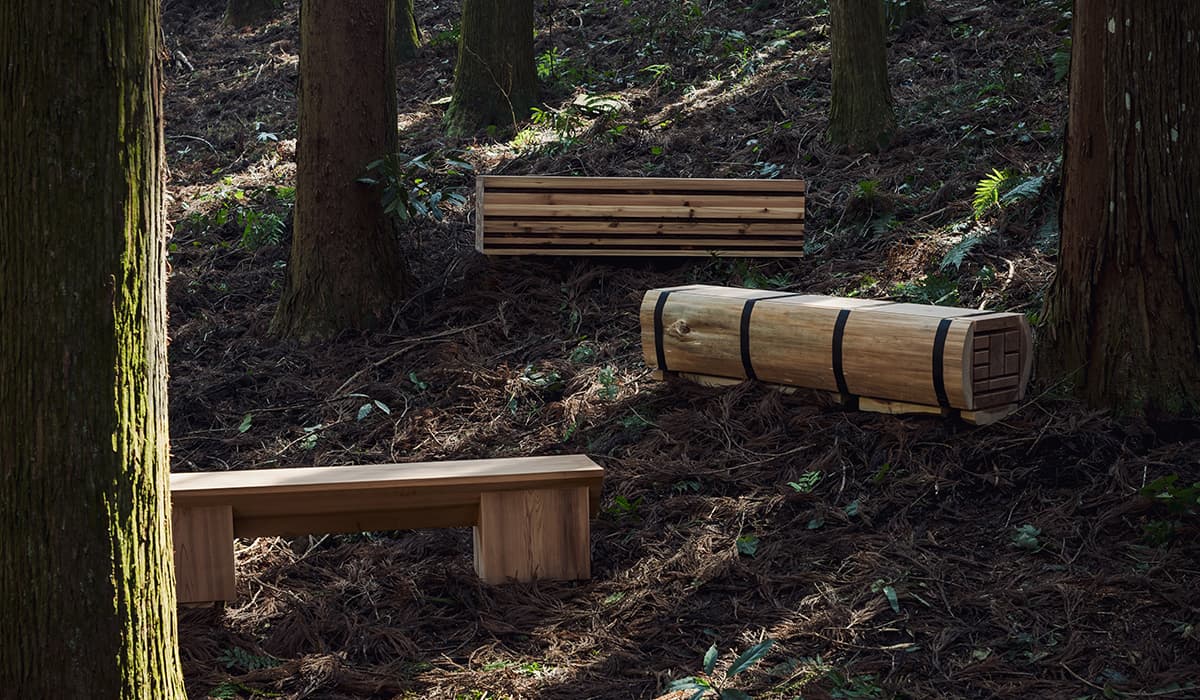
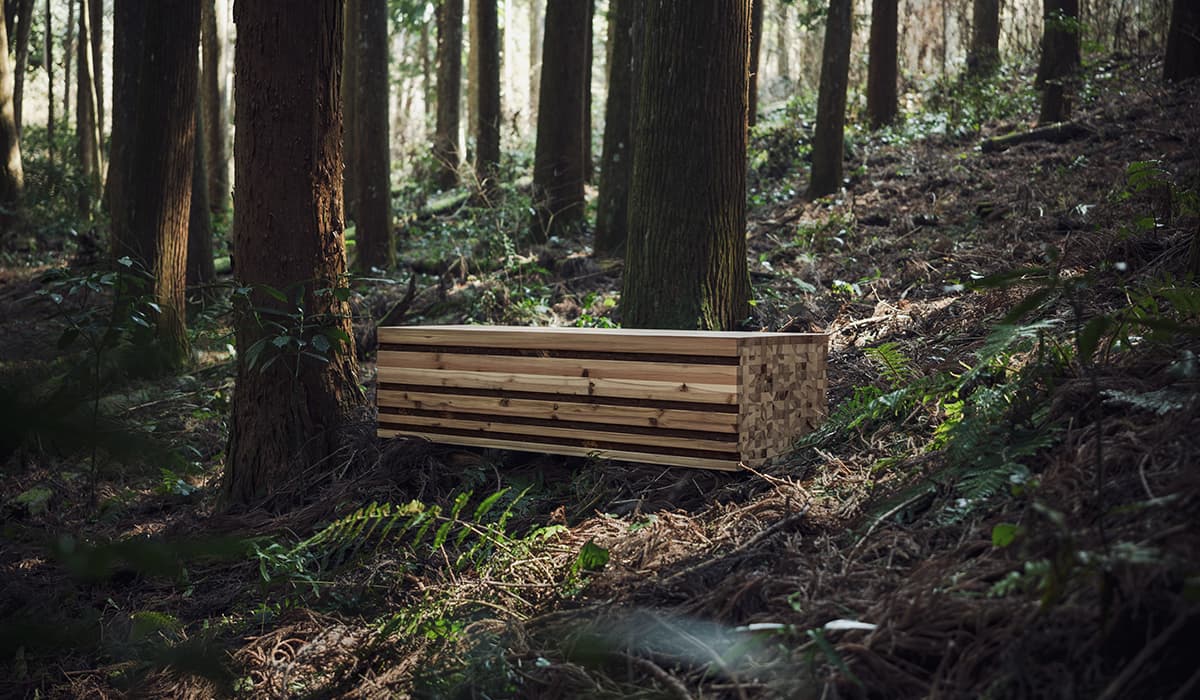
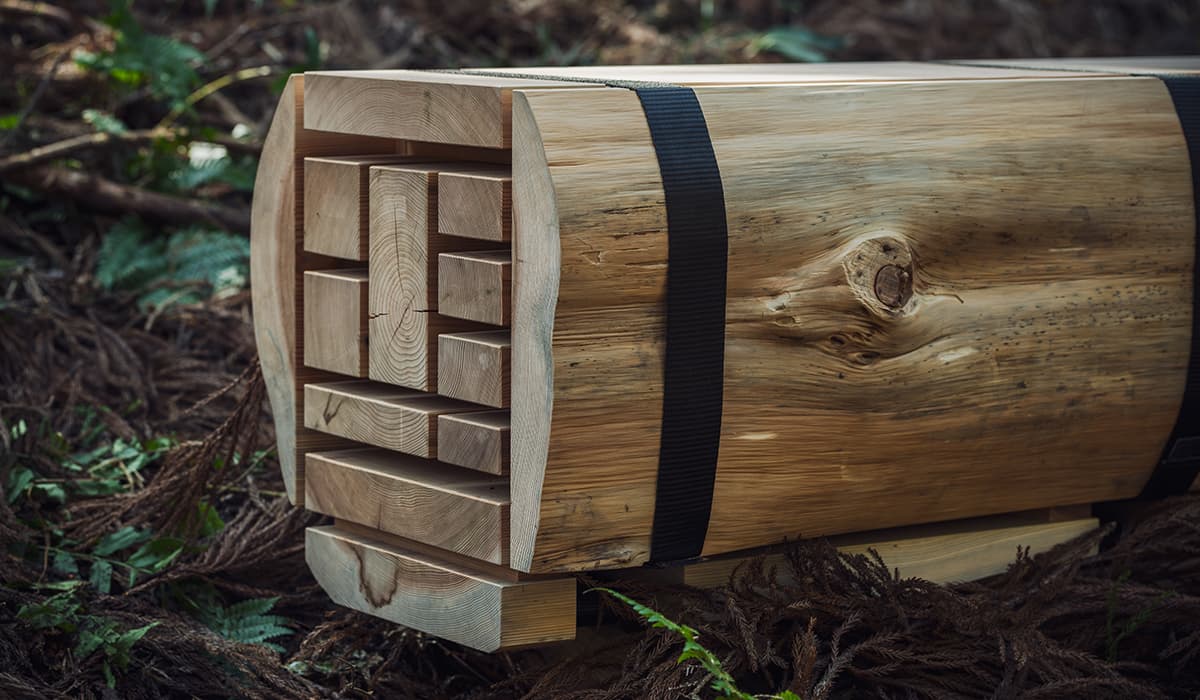
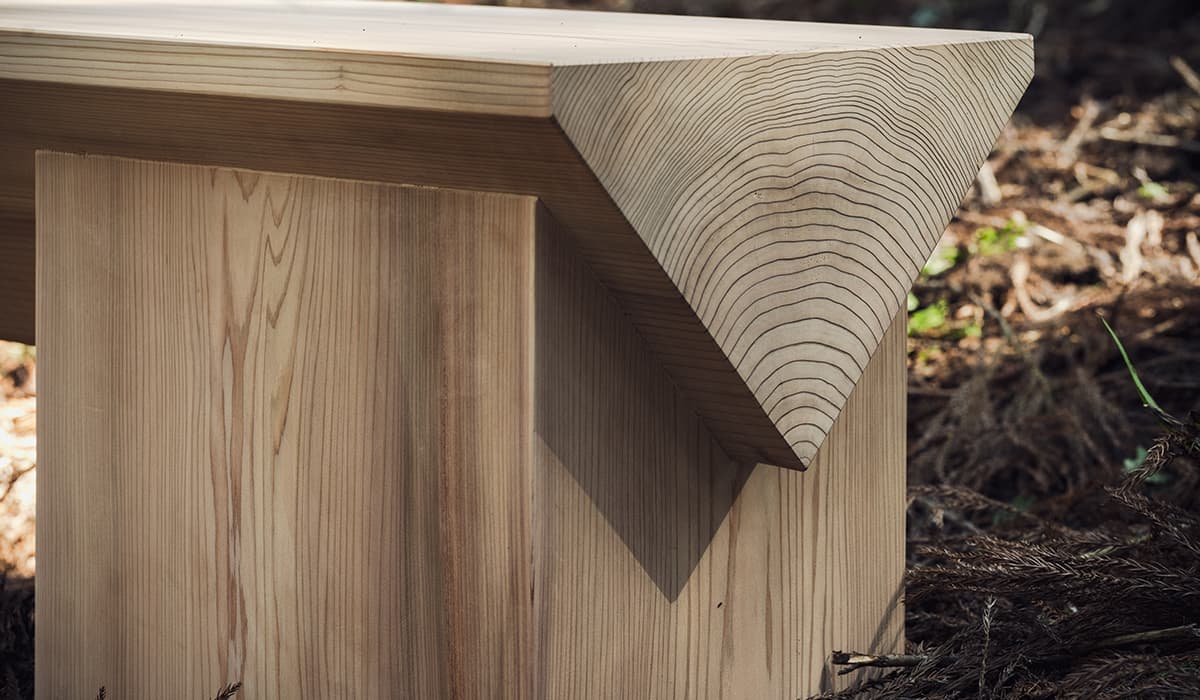
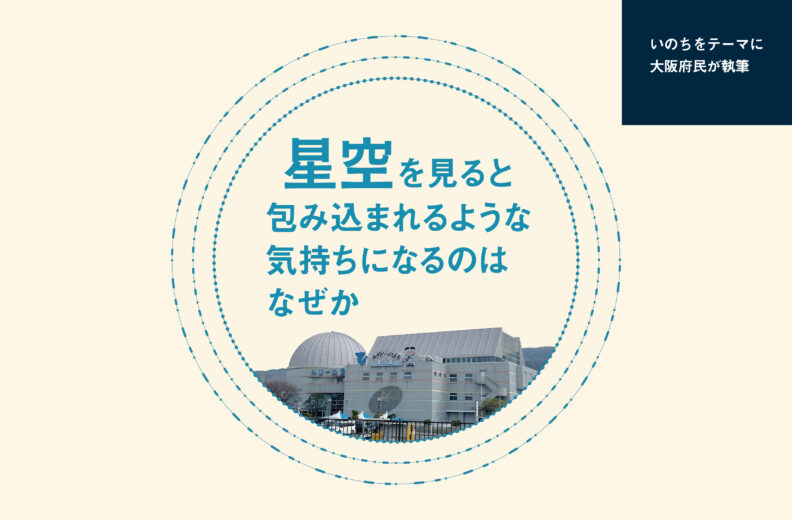
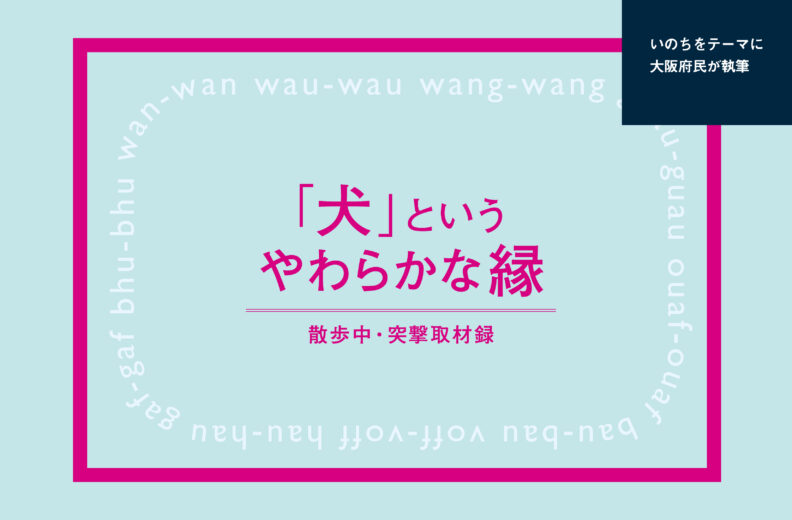
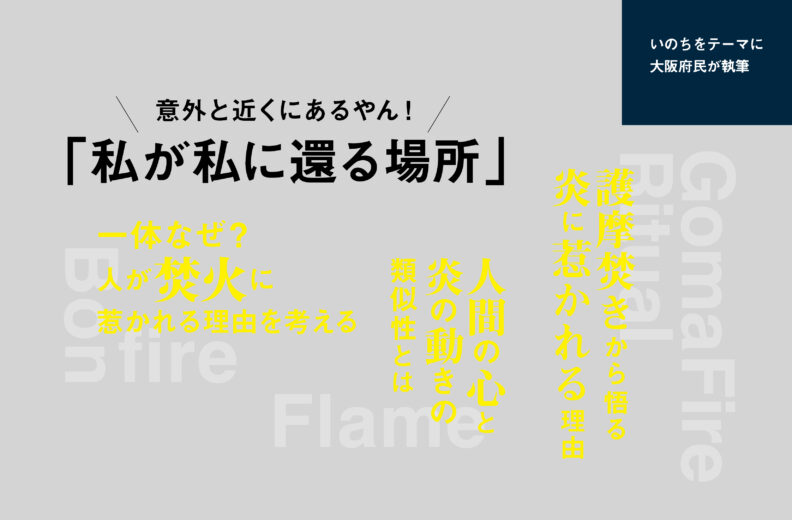
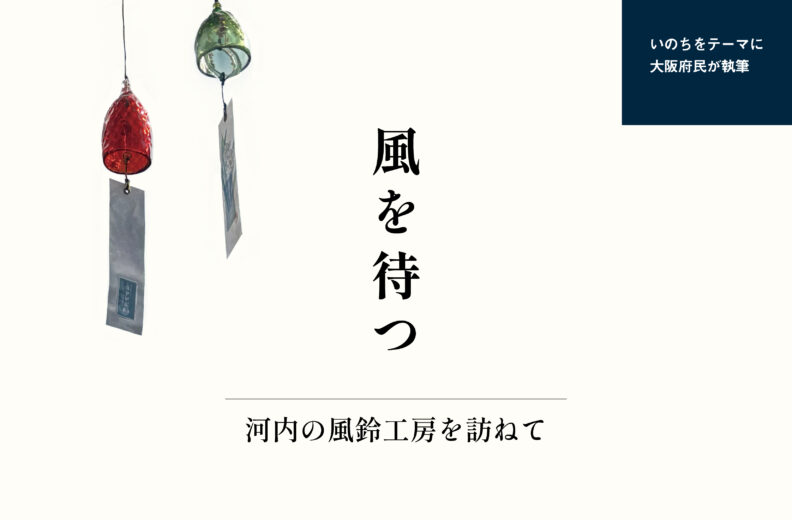
木を見て、森へ向かう。
私達の暮らしは木をなくしては、存在しえなかった。産業の一部としての木の仕事を、新たな道筋へと再構築したい。そんな想いで、このプロジェクトは3名のデザイナーと共に価値を再生する試みです。視点が変われば良質とされてきた常識も覆り、選択から溢れ落ちる木々も救われ新たな道が生まれます。顔の見えるモノづくりは一次生産を最適化し、私達の身近な所へと。EXPO2025を経て新たな仕組みをレガシーにしていきたい。全ての人々が木の為に何が出来るのか。山を想い、木と共にある暮らしに、願いを込めて。
木の為に私達がデザイン出来ることを。
プロデューサー
服部滋樹
See the tree, and turn towards the forest.
Our lives could never have existed without trees. collaboration with three designers, born from a shared desire to reimagine the role of wood—not simply as an industrial material, but as something more meaningful. By shifting our perspective, the long-held standards of what is considered "quality" can be redefined, giving new life to timber that might otherwise have been overlooked. This transparent, hands-on approach to craftsmanship helps optimise primary production and bring it closer to our everyday lives. Through EXPO 2025, we hope to build a lasting legacy—a new system shaped by care and intention. What can each of us do for the trees? With renewed reverence for the mountains and a life lived alongside trees, we place our hopes in this journey.
What we can design—for the trees.
Producer
Hattori Shigeki